Negative results still mean positive progress
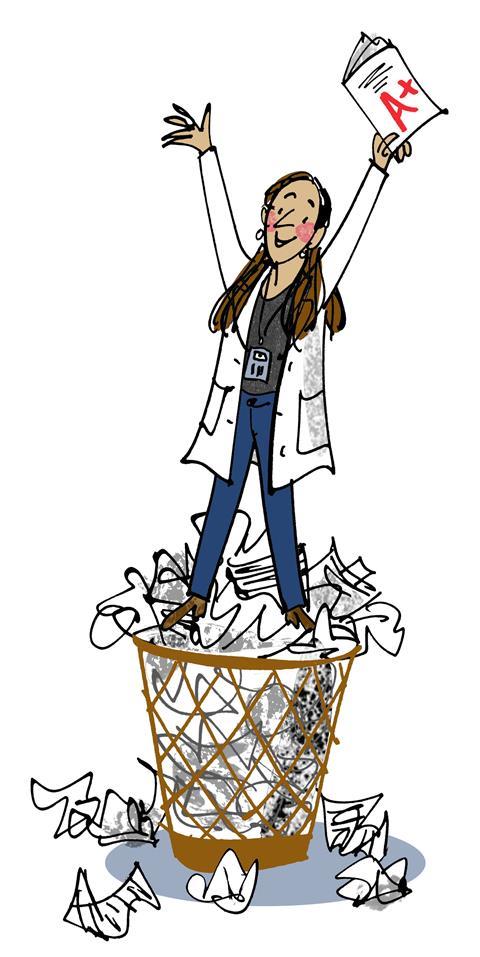
It was 10pm, and the darkness outside the lab window was an impenetrable midwinter black. I squinted again at my notes, triple-checking everything – calculations, materials, even the pipette’s angle – confident that nothing could go wrong this time. Yet, as I watched my reaction fizz ominously before collapsing into an unrecognisable mess, I realised this wasn’t going to be the eureka moment I had hoped for.
Call it hubris or naivety, but when I started my PhD in nanomedicine, the academic journey sounded glamorous – contributing to ground-breaking research and wearing that coveted lab coat like a superhero cape. I was convinced that within four years I would have developed a silver bullet to treat cancer. Now, in my fourth year and after countless lab sessions filled with not-so-nano-sized particles, I’ve learned that humility often comes in the form of a stubborn experiment that refuses to cooperate.
Failure in science is often seen as the enemy. It can be difficult to stay positive every time you leave the lab without any positive results. Every time the lab door swings shut behind me, I remember that I carry the weight of expectations – mine, my supervisor’s and my family’s. But somewhere between staring into the murky depths of my reactions, fruitless late nights and the well-intentioned pep talks from peers who are just as lost as me, I’ve begun to see each failed experiment as an opportunity to learn something new. It’s those moments of despair, chaos and confusion that have pushed me to refine my techniques, rethink my approach, and most importantly gather data that can inform my future experiments and the experiments of others.
Presenting research data in weekly group meetings is a routine for many PhD students. While these meetings are crucial for getting feedback on negative data, there is no denying how disheartening it feels to present failed experiments. We carry it around with us, the fear of failure, and its influence stains us deep. Indeed, it was my thirst for perfection that led me to showcase the 10% of experiments that worked, while concealing the 90% that didn’t. In doing so, I realised I was contributing to the very culture of success I now critique.
I cannot help but wish for a ‘failed experiments’ database to peruse
With this understanding comes a responsibility for enacting change. After all, to be truly committed to advancing knowledge, we need to learn from all aspects of the scientific process, not just the dazzling triumphs. Some of the most significant scientific breakthroughs came from failures. Penicillin? A forgotten petri dish. The microwave? A happy accident involving a chocolate bar. And Teflon? Someone’s mess became our non-stick blessing.
In a world where every researcher openly shared their failed attempts, we could generate a comprehensive archive of what not to do. This repository would save countless hours, resources and tears. While sifting through the literature for developing targeted nanoparticles, a frontier that remains challenging in the field of nanomedicine, I cannot help but wish for a ‘failed experiments’ database to peruse. How many hours could I save by tapping into the lessons others have already learned?
The acceptance of failed experiments in reputable journals is a necessary evolution in how we view scientific progress. Recently, in response to the scientific community’s call for sharing failed experiments, some journals and initiatives have started publishing experimental setbacks. Journals like PLOS One and microPublication Biology are increasingly recognising the value of negative data. Indeed PLOS One released a statement saying that they consider ‘negative findings that are valuable to the community in cases where the result is illuminating in the context of previous work’. This could save other researchers from making the same mistakes, because even when we don’t succeed, we’re still advancing knowledge. Each so-called mistake brings us closer to the prize of a discovery.
So the next time you’re wondering if you’ll ever see anything beyond this fluorescent-lit purgatory again, remember that every scientist has been there, grappling with the daunting realisation that failure is the price we pay to progress. And as more journals recognise the value of documenting these experiences, I’m hopeful that the scientific community will shift its perception of failure from a dirty secret to a vital part of the narrative.


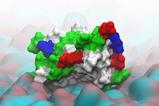







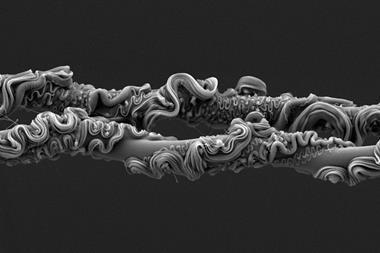

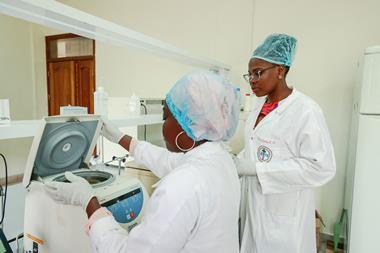


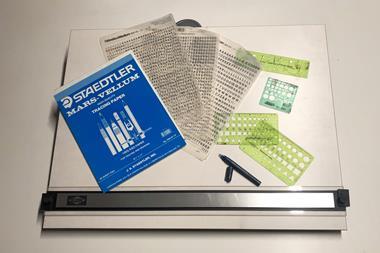
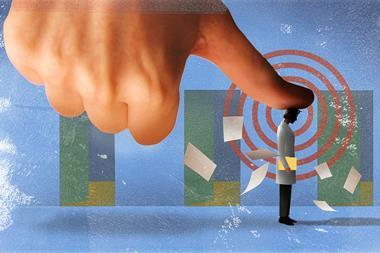
No comments yet